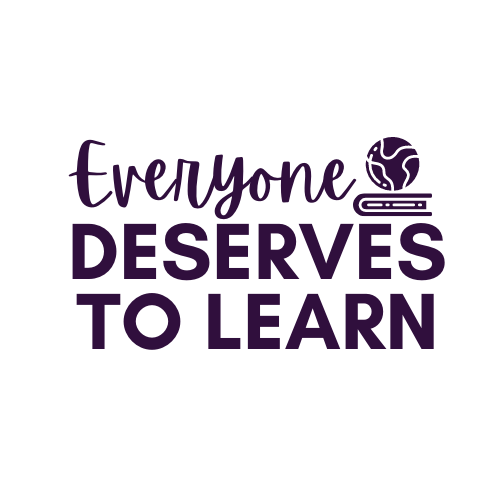Reading Interventions for the Content Areas: Social Studies
Regardless of content area, be it math, science, social studies, or health, students need to be able to comprehend the text they read.
We also know that many students in grades 4-9 struggle to read fluently, resulting in difficulties in reading comprehension. As of 2019, over a third of fourth graders and a quarter of eighth graders were reading at a basic level. (NAEP, 2019) Depending on your school or district makeup, you may have an MTSS or RTI program that provides reading intervention, in which case students might get additional services from a trained reading specialist. But what if you don’t? With state assessments and above-grade-level texts looming, what’s a general-ed teacher to do?
For the purposes of this scenario, let’s imagine you are a general education sixth grade social studies teacher. Some students are pulled out for MTSS or RTI during your class, but the remaining students still have varying success with comprehending the textbook. The first thing to do would be to give those students a word list that includes both regular and irregular words. Ideally, we want to see what combinations of letters are causing our learners to stumble.
Once you administer this assessment, you can break down the types of words students need help reading. This will help you decide whether students are reading fluently at word level.
If students aren’t reading fluently at the word level, we can use the assessment to identify what types of words students are struggling with.
In the word list above, let’s assume the majority of your students misread ‘nomad’ ‘vague’ ‘reform’ ‘reign’ and ‘famine.’ These words share a commonality- they include syllables that are either open, vowel teams, or vowel-consonant-e. Knowing that, you would spend a minute or two reviewing those syllable types prior to introducing new vocabulary, and when reviewing previous vocabulary.
Before students can define a list of vocabulary words for a text, they must be able to sound them out.
In order to read the longer and more difficult words in grade-level textbooks, students need a solid foundation in letter sounds and syllable types. Refer back to the syllable types before beginning a vocabulary lesson; pronounce the new words, and demonstrate how to sound out multi-syllabic words. Make note of prefixes and suffixes. It would be helpful to add a common prefix and suffix poster to your classroom reference materials in addition to the syllable type poster, above.
it’s imperative that students get practice in reading multisyllabic words in order to increase accuracy and automaticity. Prior to reading a text, have students read the words aloud, as a group. Then, have students read the words in sentences, isolated from the text. Have them read those sentences more than once. Then, have them read the words in sentences in the text. All of this should be done chorally (out loud) before assigned for silent reading.
That may be a departure from your normal routine, and for students experiencing difficulty comprehending when reading silently, the change is necessary.
When reading chorally, make sure to encourage student perseverance and progress. If a word is pronounced incorrectly, review the syllable types in the word, read the word, and use it in a brief sentence.
I know and you know that students will have most likely been introduced to these decoding routines in primary grades, so they won’t take kindly to being treated like babies.
Explain to students that all readers use decoding skills to sound out words like Mesopotamia, antidisestablishmentarianism, insurgency, and predilection. Some are faster than others, because practice makes good.
Over time and with consistent practice in using syllable types to decode words, students will make gains in being able to apply those skills to new and unfamiliar words.
Want to read more? Check out the What Works Clearinghouse IES Guide for more detailed information.




